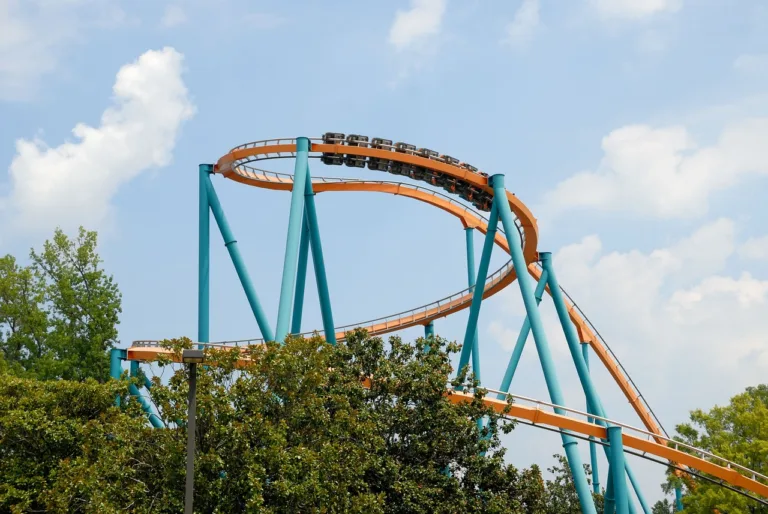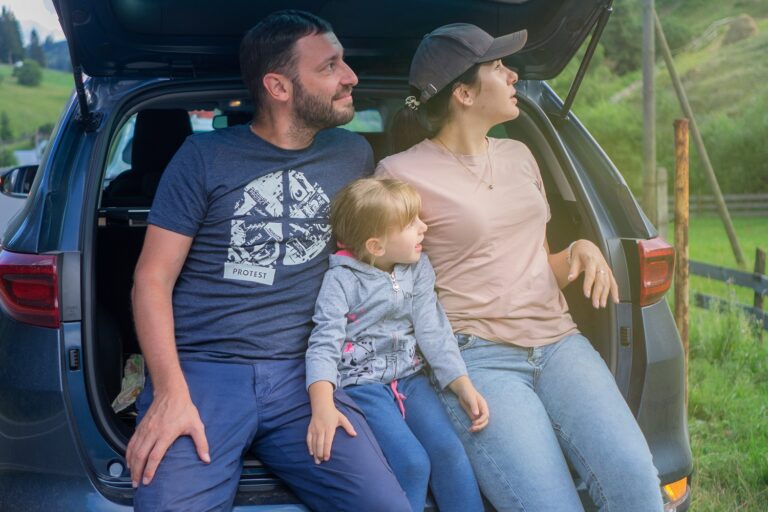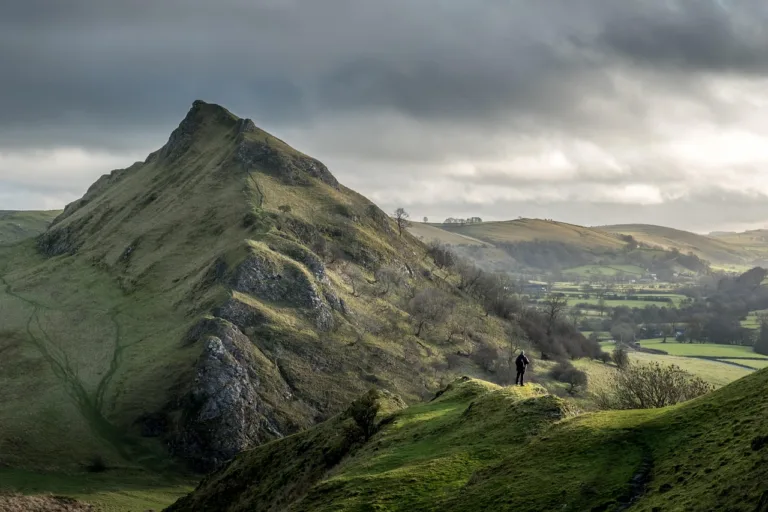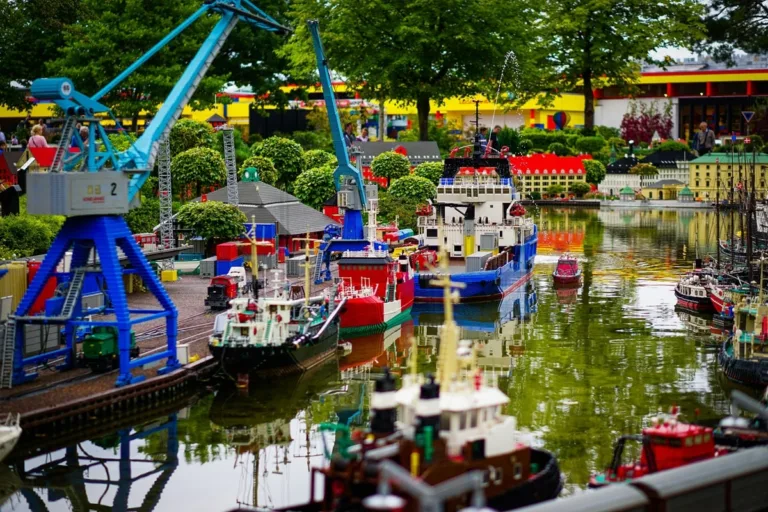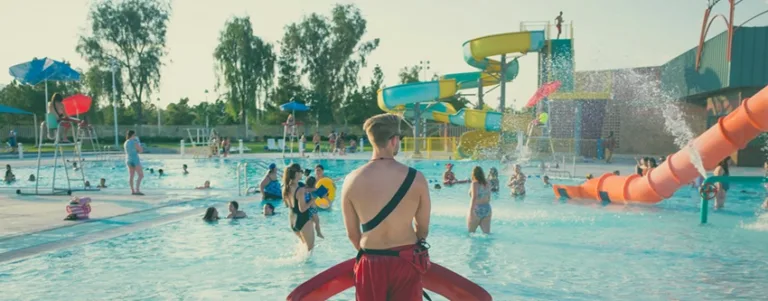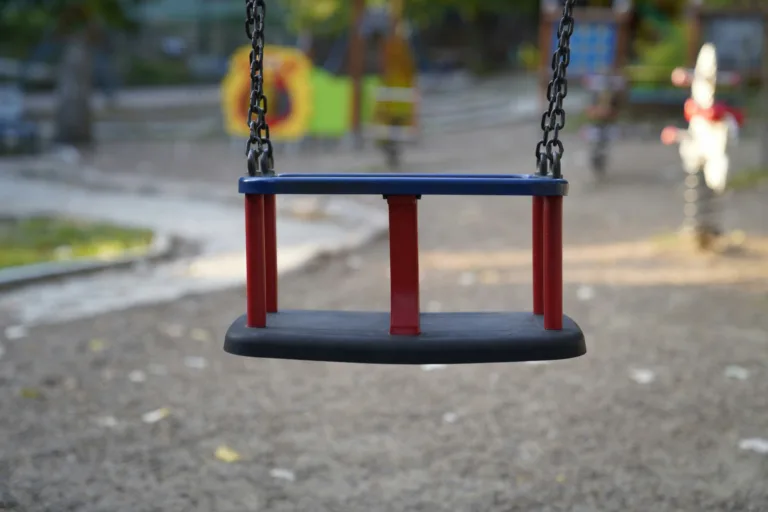Going on holiday as a family is a great way to make amazing memories and cherish time together. If you’re planning on taking your baby on a family holiday, whether at home or abroad, you’re going to need some careful planning, preparation and a packing checklist to ensure you have everything you need.
We’ve covered what to pack for a family road trip, but what about holidaying with a young baby? Here’s the ultimate guide to what to take on holiday with a baby.
Holiday packing list with a baby
Of course, you’re going to need a few more things when travelling with a baby than you would with older children. Having a packing list is essential, as it’ll prevent you from packing far more than you actually need, and make sure you don’t forget anything. Here’s what you should ideally take with you on holiday with a baby.
Food and snacks
Make your own baby food the night before travelling and place it in small tubs (or purchase jars) so that you can feed your baby at any time. If you’re flying abroad, their body clock may become out of sync with the time differences involved, so it’s good to be prepared for when they’re hungry – which could be at any moment, so you’ll need to have everything to hand.
Restrictions on liquids don’t apply to baby food and drink, so bring more than you think you’ll need. Bring plenty of snacks to keep your baby occupied in case your flight is delayed, or to keep them engaged during turbulence. Good options include baby rice cakes, fruit bars and raisins.
Bottled milk and/or breastfeeding supplies
Take a shawl to wrap around the person who needs to breastfeed the baby. It’s likely they’ll need to do so in crowded areas, such as airports or on a flight. Depending on where you are travelling, this is especially important in more conservative countries.
If you want to express milk during your trip, you’ll also need to pack breastmilk containers and a breast pump. Also take enough formula milk with you for your entire trip, as you may have an occasion where it isn’t possible to breastfeed, and formula may be more convenient. Bring ready-made formula or formula powder, teats, bottles, a bottle warmer and sterilising equipment.
Equipment for feeding
Bring beakers, spoons, baby wipes, bibs and a plastic bag to store used and dirty items or food packaging.
Nappies and clothing
You’ll want to make sure your baby has enough nappies and clothes to change into during the journey, and enough to last the duration of your trip.
Cool and warm clothing
You’ll need a mixture of warm and cool clothing to dress your baby. If you’re travelling on a boat or aeroplane, these methods of transport are often cold, so bring layers to wrap your baby up if needed. If you’re heading to a warmer or tropical climate, bring clothing that is light, cotton and breathable to keep your baby cool.
Bring layers like cardigans and jumpers for when it gets cooler in the evening. Keeping your baby out of the sun is very important because of their delicate skin, so bring long-sleeved tops and hats for sun protection. The hat should have a wide brim that covers the neck and face. If you’re heading somewhere cold, beanies and woolly hats, scarves and mittens are important to pack.
Remember to take plenty of clothing with you should you need to change your baby because of accidents. Bring laundry washing soap strips so you can wash your baby clothing in your hotel room sink when you get to your destination. Try to pack two sets of clothing per day (at least).
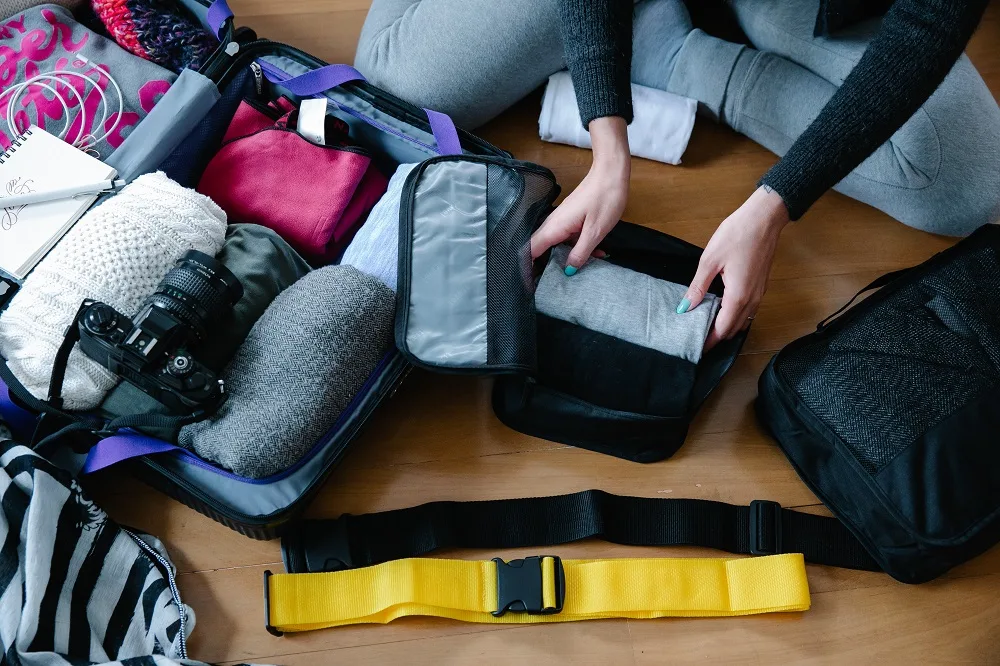
Nappies and pyjamas
Bring plenty of nappy rash cream, baby wipes, nappy bags and nappies, as well as a travel changing mat and disinfectant wipes so that you can undertake a nappy change on the go at any point. If you are unsure as to whether you’ll be able to purchase nappies at your destination, bring enough with you for your entire trip. You’ll also need sleepsuits or pyjamas for when you’re putting your little one to bed.
Travel accessories
Take the following accessories to make your travel experience much easier.
- A blanket (for comforting your baby and to keep them warm)
- A collapsable pushchair
- A baby carrier/sling for getting around train stations, cities/airports and other crowded locations
- A baby car seat
- A travel cot
- A first aid kit, including a thermometer so you can check your baby for fever
- Sunscreen (factor 50)
- Swim nappies (these can be hard to find in countries outside of the UK, so bring plenty)
- A baby monitor
- Collapsible baby stair gate (this may not be possible if you’re travelling on a flight due to size and weight restrictions)
- Blackout blinds
- Travel adaptors (to plug in and charge all of your devices)
Night-time and bath supplies
Bring a universal travel bath plug that fits any plughole and easily transforms any sink into a baby bath. Also pack your usual baby toiletries like shampoo, baby bubble bath and lotions. Also bring a light night and adapter if you can, as this will help your baby settle more easily when you put them to sleep.
Passports
Remember that your baby will need their own passport. Make sure they are valid for six months after your return date, and always check to see if you need a visa before travelling. Plan ahead and check the entry requirements of the country you are visiting.
What to pack in your hand luggage for a baby
Packing light is tricky when you have a baby in tow. Luggage and weight restrictions imposed by many airlines also make life much more challenging for parents. You’ll need the largest bag you can get away with when it comes to your hand luggage, as you’ll be fitting a lot of items in there for your journey with your baby, and a few items for yourself, too. Here’s a checklist of what to take in your hand luggage with a baby (and for parents, too).
- Dummies
- Swaddle blanket
- 2-3 small toys to entertain
- Toy tether (to prevent any toys from being dropped all over the plane – you can tie them to your wrist instead)
- Extra pyjamas/clothing
- Nappies (5-6 will get you through an 8-hour trip)
- Nappy bags
- Baby wipes
- Nappy rash cream
- Bibs
- Spoons
- Bottles
- Plastic bag for rubbish/used items
- Baby food
- Formula
- Antibacterial hand wipes
- Lip balm
- Tissues
- Headphones
- Wallet
- Phone
- Keys
- Passports
- Baby’s birth certificate
- Pen
- Sunglasses
- A spare T-shirt for yourself (in case extreme accidents happen!)
Things to consider before travelling with a baby
As well as remembering everything you need to pack, there are some other things to think about when you’re going on a trip with a baby.
What age can your baby travel?
Legally, there is no minimum age for when babies are allowed to travel. Check with your airline though, as some may recommend that babies are at least a few weeks, or a month old, before they can travel. Some airlines may be more relaxed about this though, and it can vary depending on your chosen carrier.
If you have any questions, contact your airline directly. If you’re travelling with a premature baby, or you gave birth by caesarean, you should also check with your airline as they may have procedures in relation to this (for example, they may not let you travel for a certain amount of time since giving birth, as they may want you to have more recovery time).
Travelling on a plane with a baby
Remember that your baby will need to sit on your lap throughout the flight. Most airlines won’t give a baby a seat until they are at least two years old. Another thing to note is although they are sharing a seat with you, your baby will still require their own travel ticket. Ideally, get an aisle seat so getting up and down is much easier.
Also check whether or not your baby has a different baggage allowance, as this can also vary by airline. For some airlines, you may have to give up your own hand luggage to allow more luggage for your baby.
Does a baby need a passport to travel?
Yes, your baby will need their own passport. As of 1998, every child, including babies, must have their own passport for travel. The only exceptions are children who are still valid on their parents’ adult passports, which will be accepted until the adult passport is due to be renewed.
From this time, a separate child’s passport will be required for the baby. You can apply for a passport for your baby using your local Post Office, or apply online using the GOV UK Passport site. You’ll have to ensure that the passport is countersigned by someone who has known you for at least two years.
What you need for a baby’s passport
When applying for your baby’s passport, you’ll need to include a copy of your child’s birth certificate with the application form. Two photos of the child must be included and signed by a professional person who has known you for at least two years. They must also sign the passport application form.
Passport photographs must be 35mm wide and 45mm high, and on a plain white background. No toys, dummies or other objects should be featured in the photos. Any baby over the age of six months should have their eyes open in the photo. Try to have your baby look at the camera directly with their mouth closed and eyes open and facing forward. This will reduce the chance of the photo being rejected, as the passport office has strict photo requirements.
Depending on the country you are travelling to, your baby may need a visa. Check before you travel to see what the entry requirements are for your destination.
Summary
Statistics show that around half of people are planning to travel with children on their next holiday, so hopefully, this guide can help you know what to pack for travelling with a baby.

